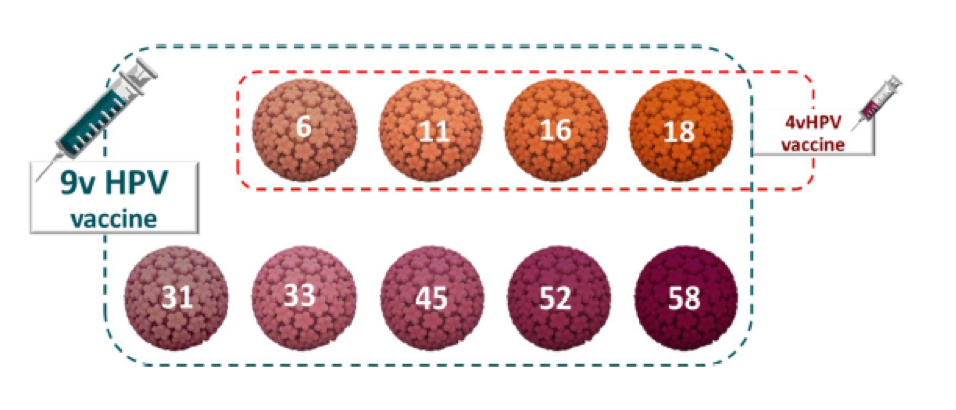HPV stands for human papilloma virus, which can cause infections to occur throughout the body. This virus has over 100 strains, with the strains considered as high risk due to their potential to develop into cancer as follows: 16, 18, 31, 33, 35, 45, 52, and 58. Low risk strains, on the other hand, are those that may cause genital warts, including strains 6 and 11.
HPV is a common factor behind the onset of several forms of cancer, such as cervical cancer, vaginal cancer, vulvar cancer, penile cancer, anal cancer, and oral cancer.
Once contracted, the human papilloma virus is able to conceal itself for decades without causing any symptoms whatsoever. It is therefore capable of spreading to other organs without the patient’s knowledge, with symptoms generally only presented once an infection has already taken hold. Moreover, it has been found that the human body is less able to fight off the virus as it ages, which can lead to a permanent HPV infection that increases the patient’s risk of developing cancer in later life.


